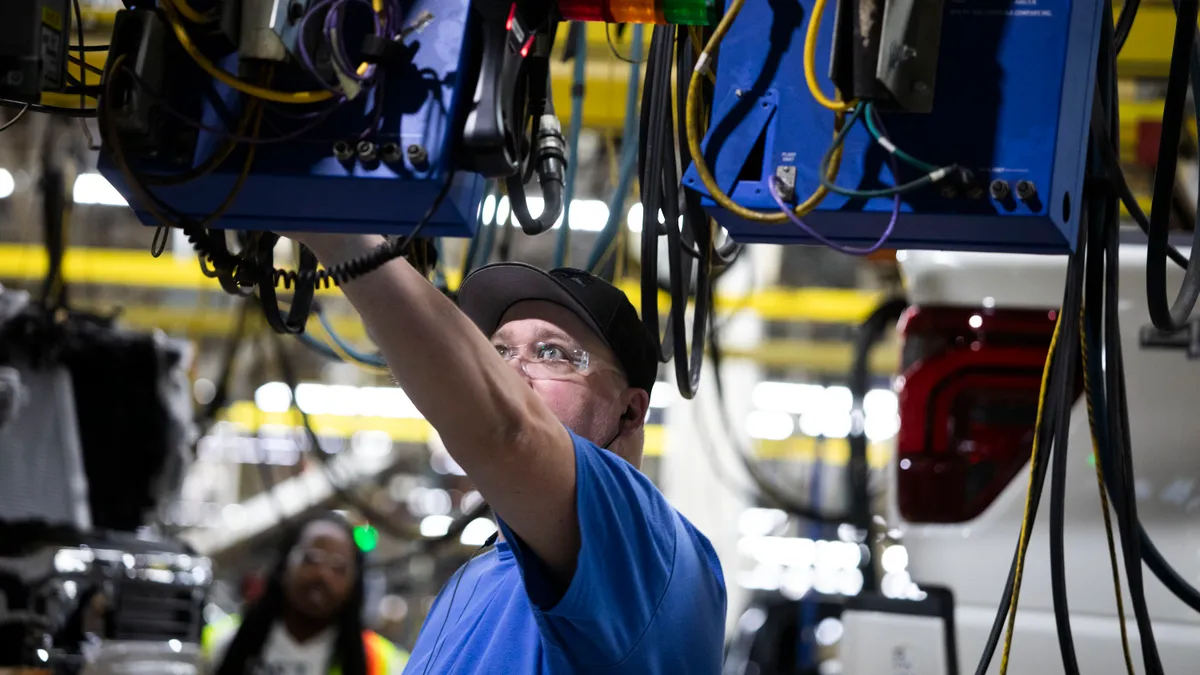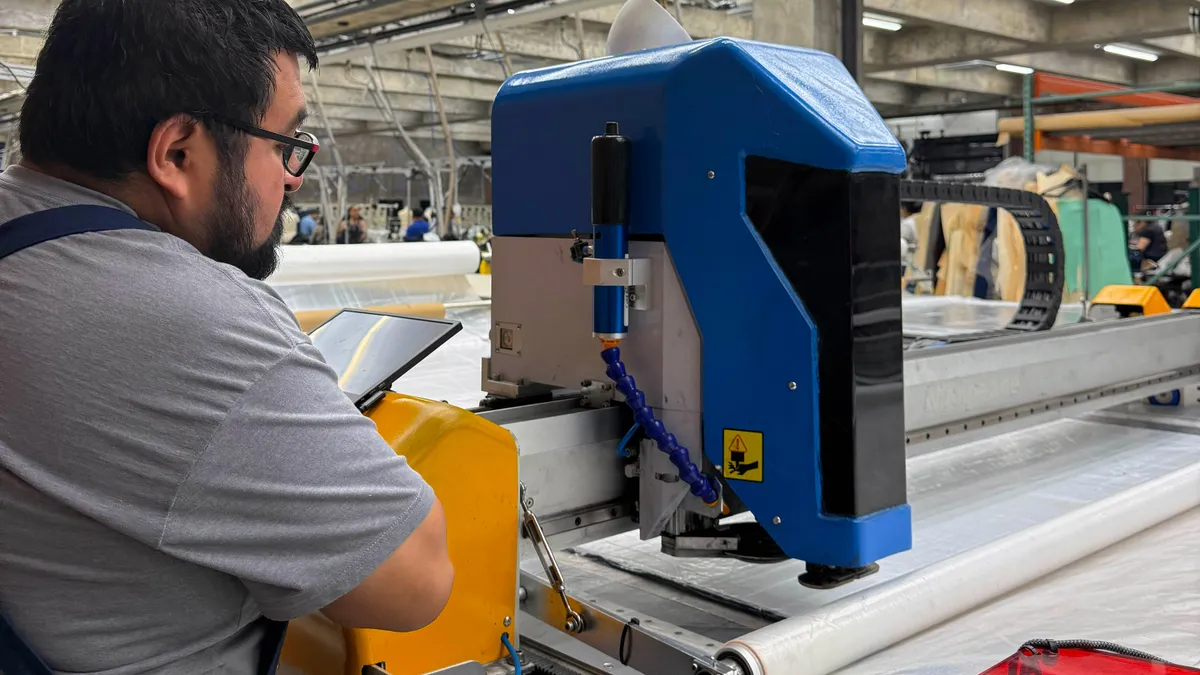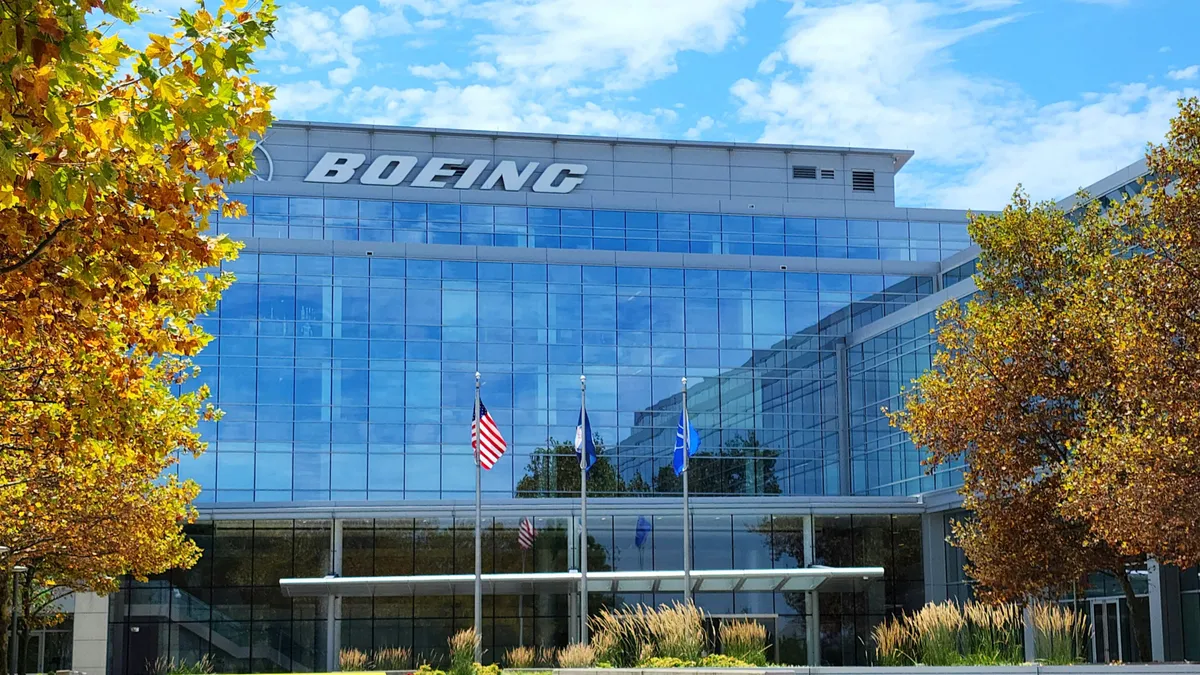The manufacturing sector remained stuck in a holding pattern in August as production sunk to levels not seen since the early days of the COVID-19 pandemic.
The Institute for Supply Management’s August PMI remained relatively flat during the month, inching up slightly to 47.2% from July’s mark of 46.8%.
A reading below 50.0% on a PMI index signals economic contraction.
Dragging down the overall index were continued declines in new orders and production. Production was particularly weak in August, with the production index’s 44.8% reading falling to its lowest level since May 2020, according to the ISM. The August figure was also down 1.1 points from July’s production index of 45.9%. Meanwhile, the August new orders index (44.6%) was down 2.8 percentage points from July as “a supply demand timing mismatch” led to a continued climb in inventories.
“Up until three months ago, the fact that we didn't have demand wasn't a super problem because we've been working on backlog, but now that the backlog is diminished, after 24 months of declining backlog and tracking indexes, we pretty much run out of the order book,” Timothy Fiore, chair of the ISM’s Manufacturing Business Survey Committee, said on a media call Tuesday.
As production decreased, so did staffing levels, with the employment index (46%) remaining in contraction territory once again in August.
“The ratio of hiring versus staff reductions returned to negative territory as companies continue to right size their workforce using layoffs as the primary tool,” said Fiore, although he did note that inputs “overperformed” in August.
While elevated interest rates have held capital investments at bay over the last two years, Fiore continues to believe the September cuts expected from the Federal Reserve will not have a major short-term impact. Instead, Fiore said he doesn’t anticipate any major changes until after the U.S. presidential election.
“Now we're getting caught up here in the election cycle, where you're a couple of months away from a huge decision point, not only in terms of who controls Congress, who controls the White House, and so now we're kind of bunched up,” Fiore said. “It's like a slinky. Unfortunately, we're not at the extended slinky cycle, we’re at the compressed slinky cycle.”
Meanwhile, the S&P Global PMI August report, which had been slightly cheerier than its ISM counterpart this year, showed production decreased for the first time in seven months in August. The S&P PMI dropped to a reading of 47.9% during the month, a notable decline from July’s mark of 49.6%, with S&P describing it as “the most marked [decrease] in 2024.”
The production slowdown was a direct result of softening sales and demand, according to S&P, with new orders reducing at a rate not seen since June 2023.
“Slower than expected sales are causing warehouses to fill unsold stock, and a dearth of new orders has prompted factories to cut production for the first time since January,” Chris Williamson, chief business economist at S&P Global Market Intelligence, said in a statement.
S&P noted that some companies “showed a reluctance to commit to new projects” because of the fall in demand. In addition, staffing levels fell for the first time this year and purchasing activity decreased at the “sharpest” rate of 2024.
The decrease in demand allowed manufacturers to deplete their backlogs of work for the 23rd straight month, increasing inventory of finished products, according to S&P, further souring the short-term outlook.
“The combination of falling orders and rising inventory sends the gloomiest forward-indication of production trends seen for one and a half years, and one of the most worrying signals witnessed since the global financial crisis,” Williamson said.













